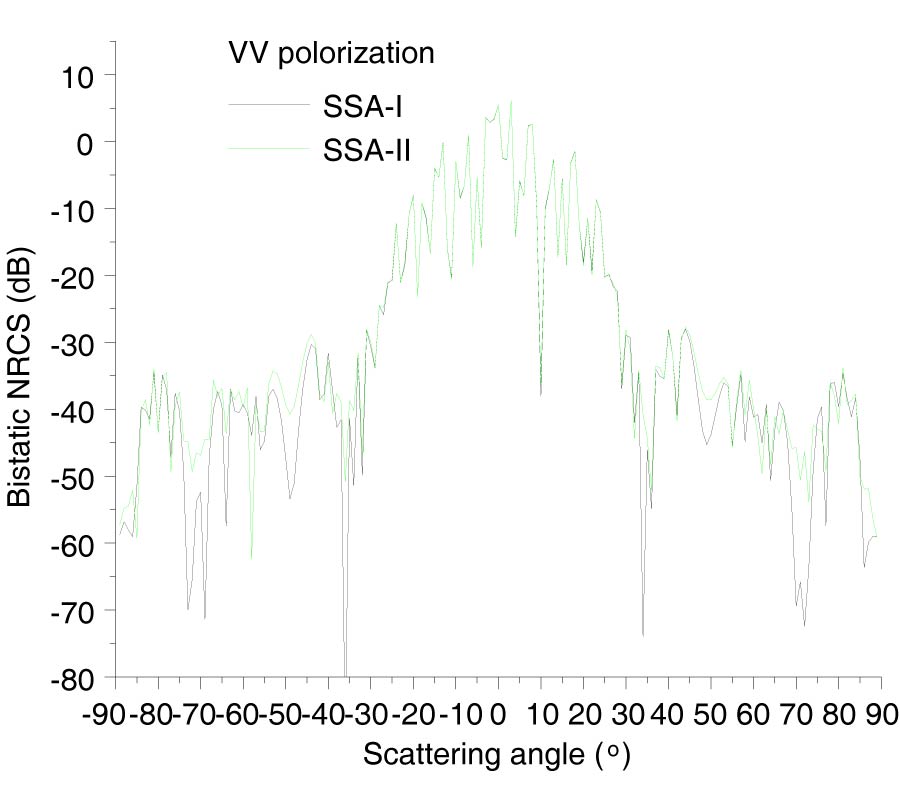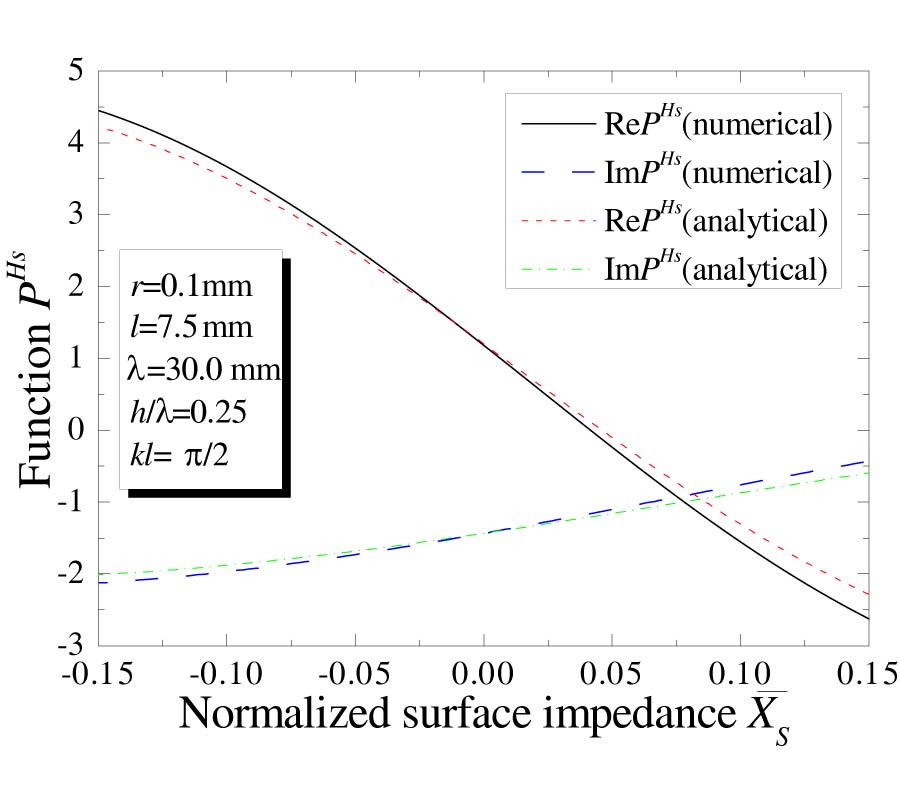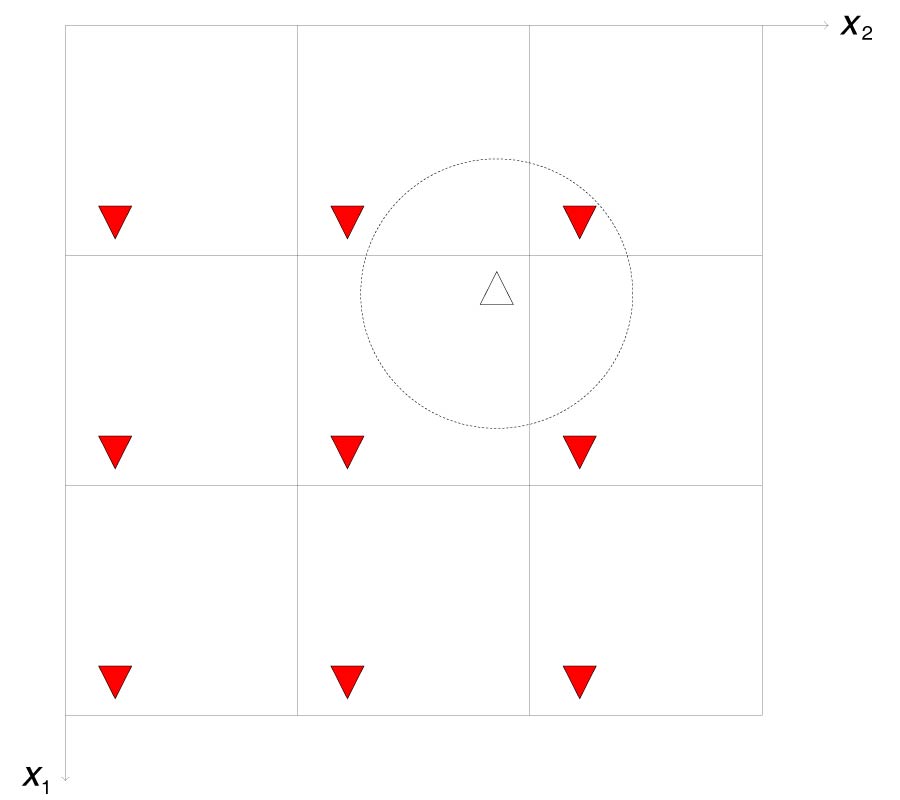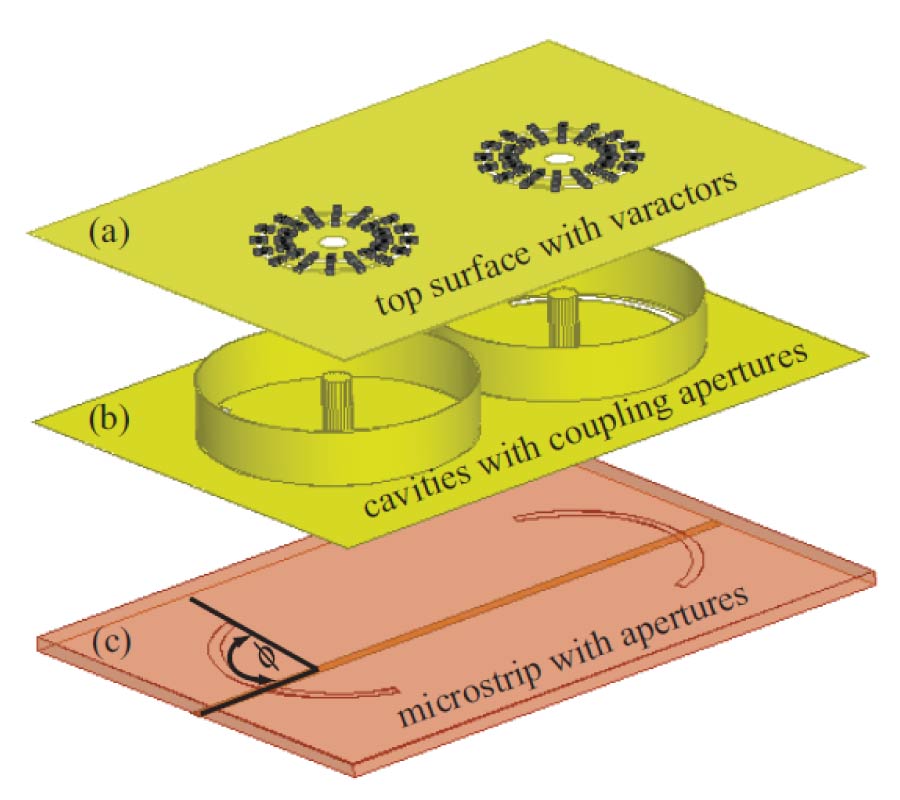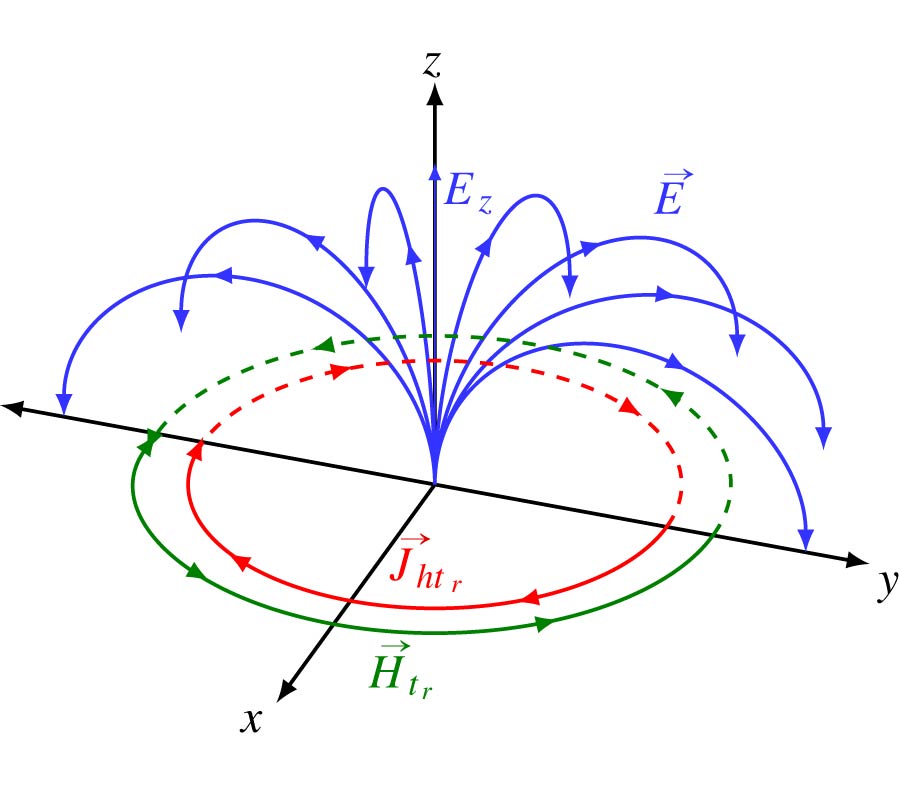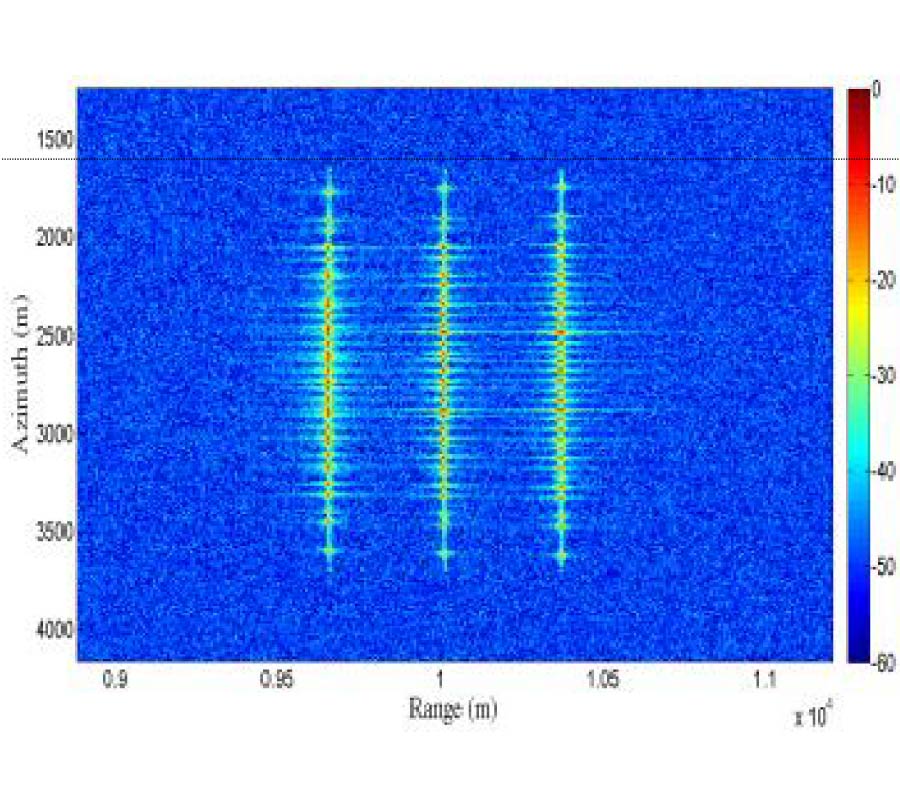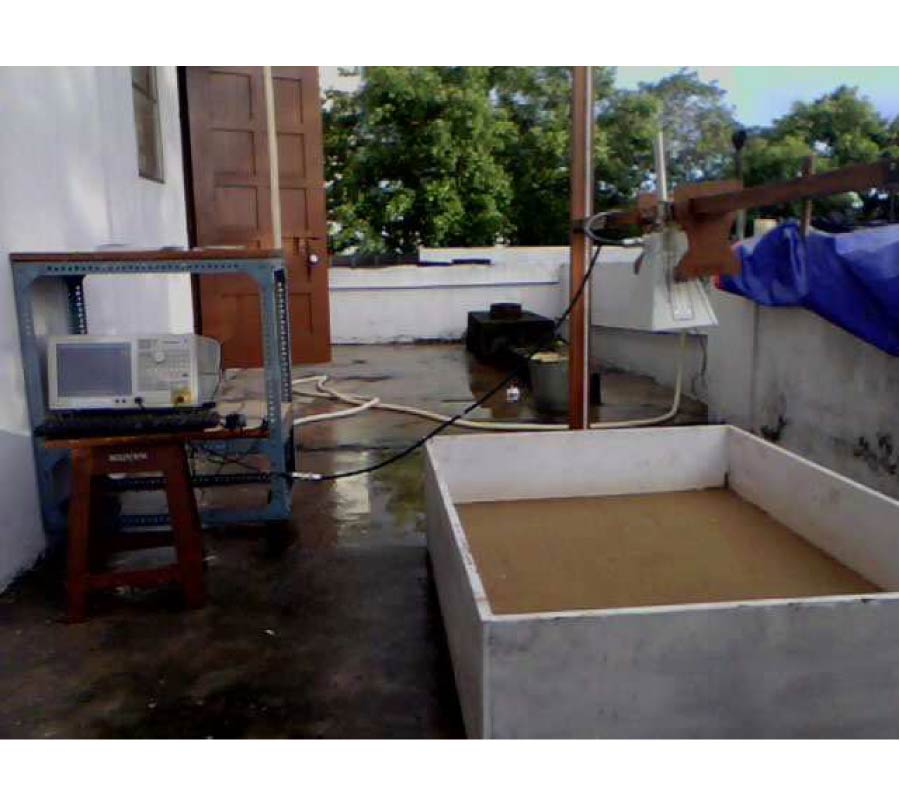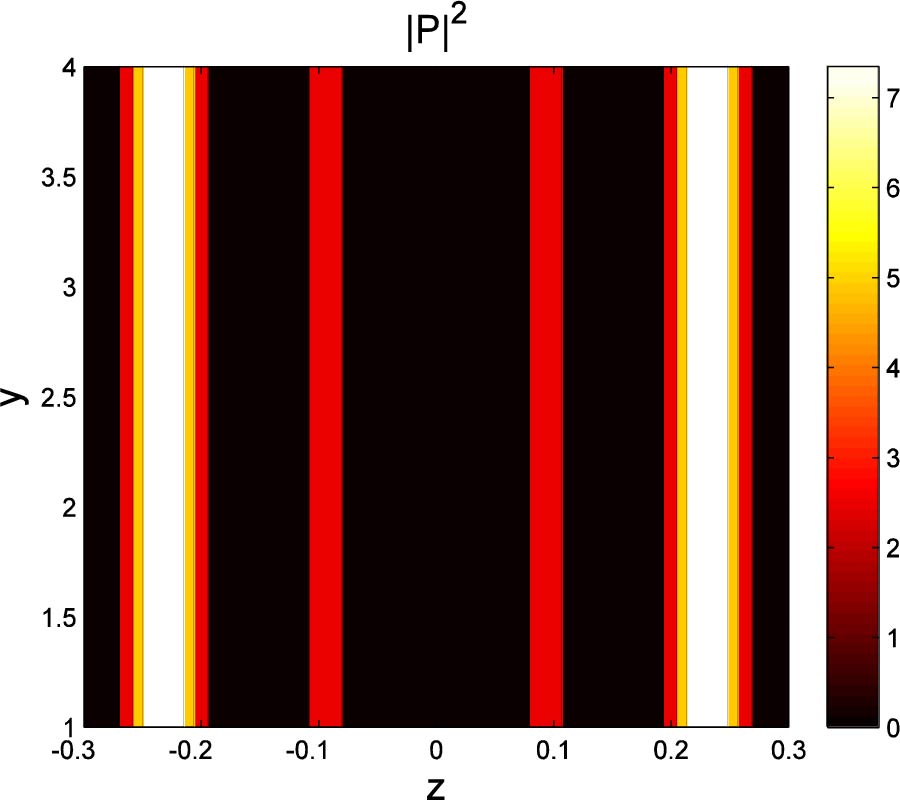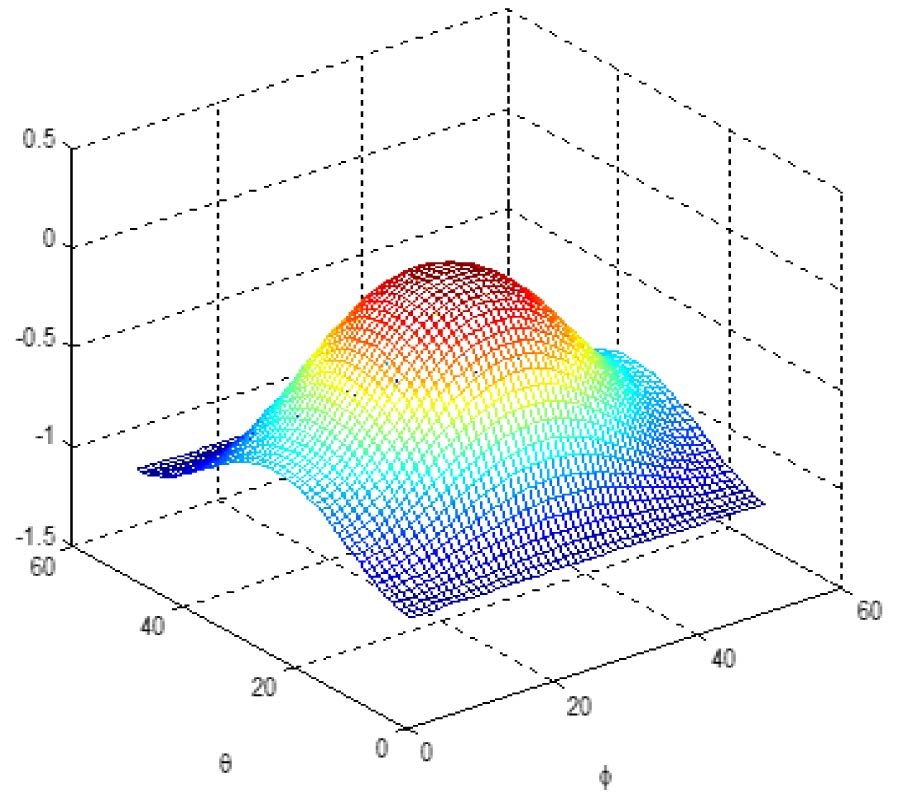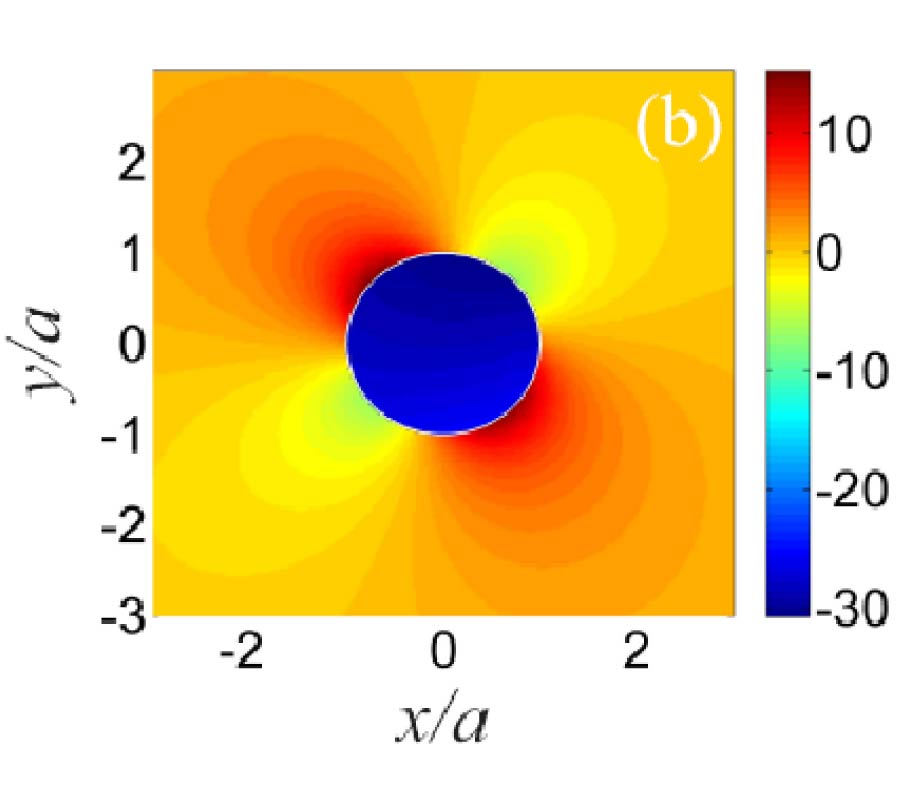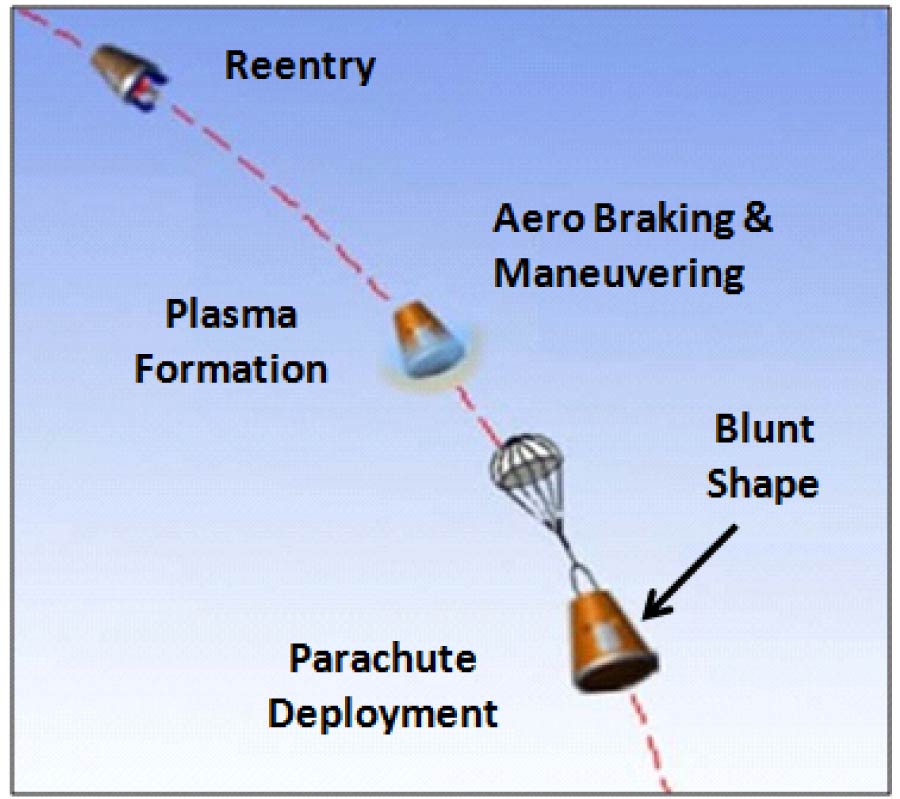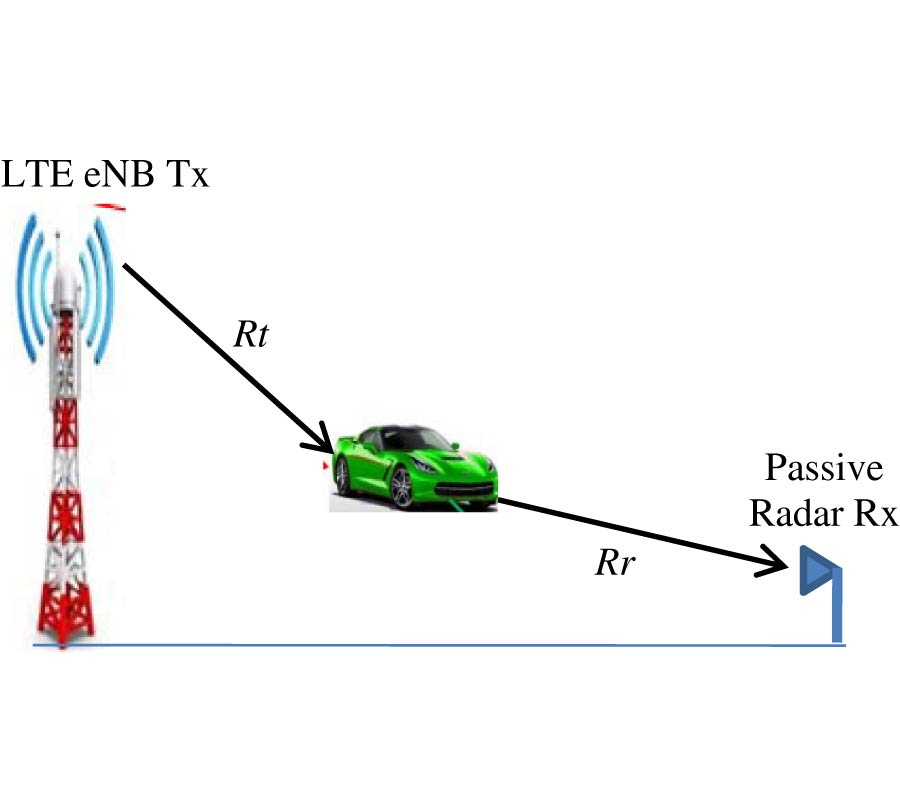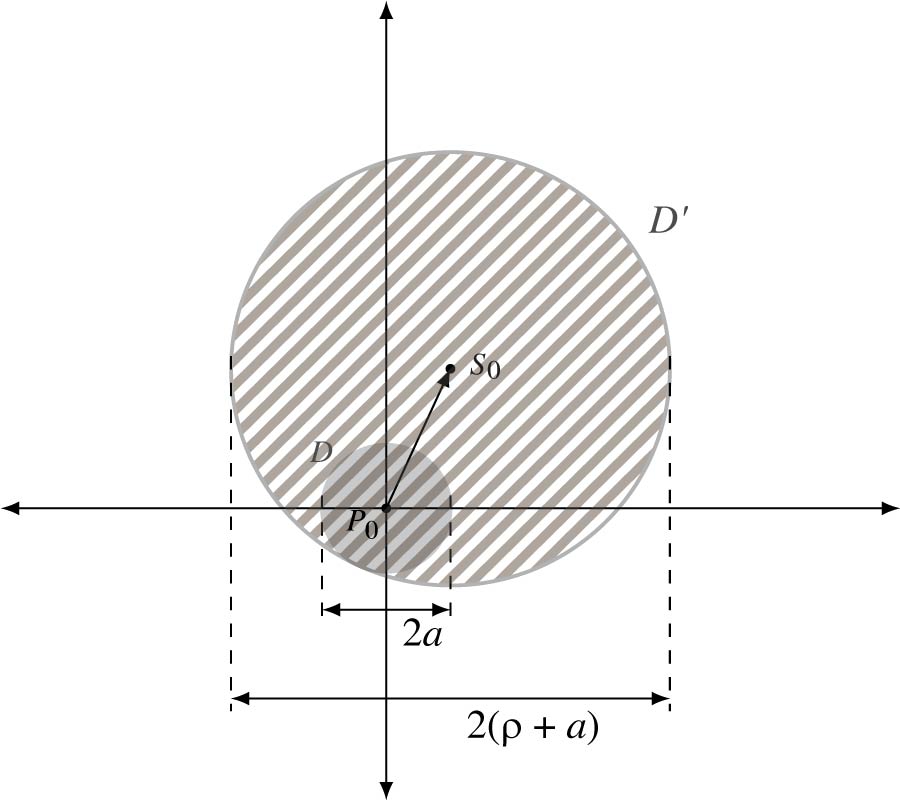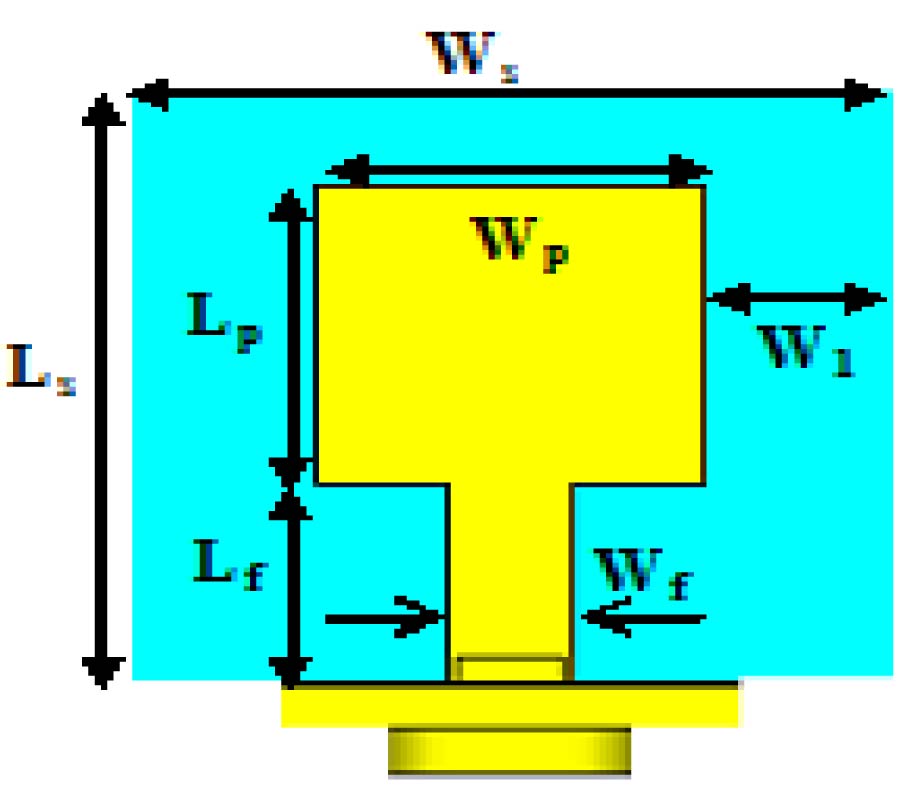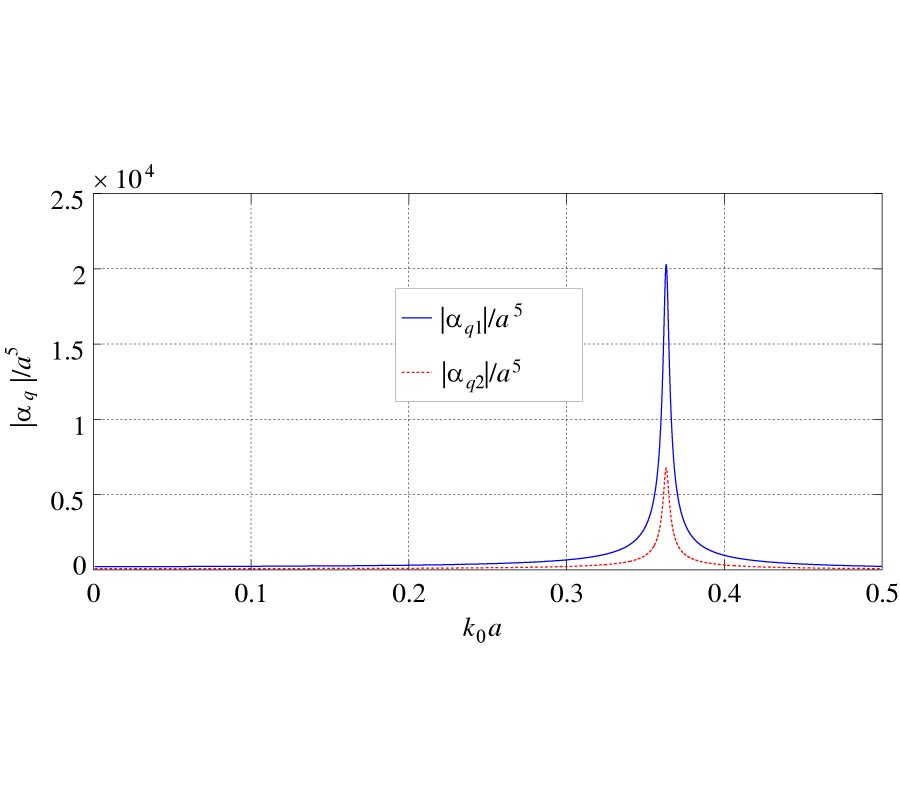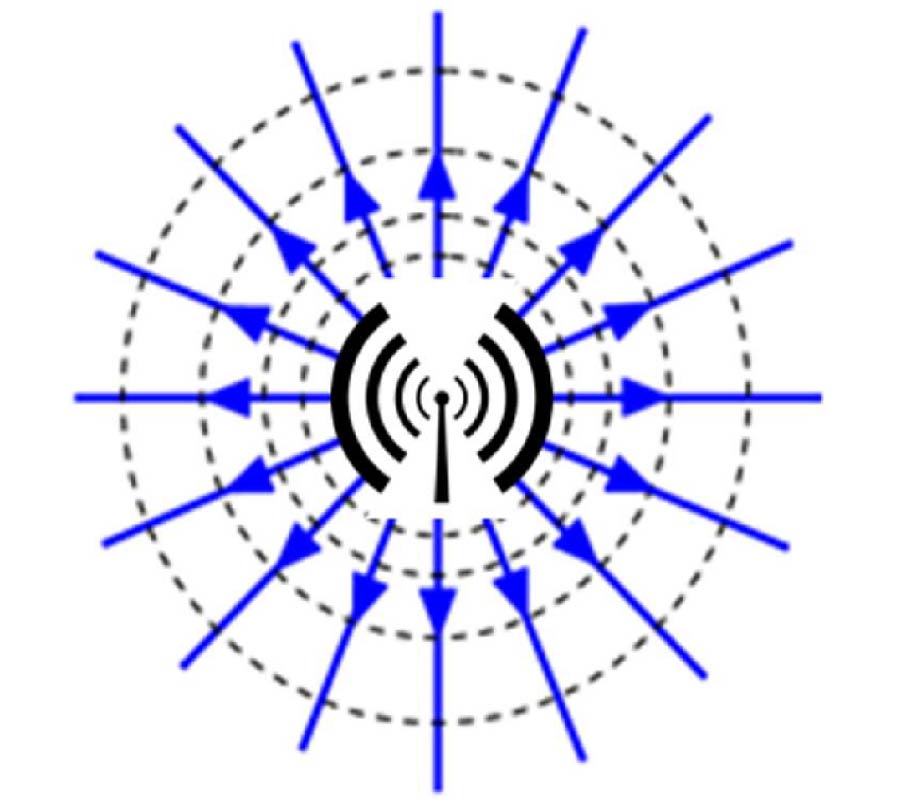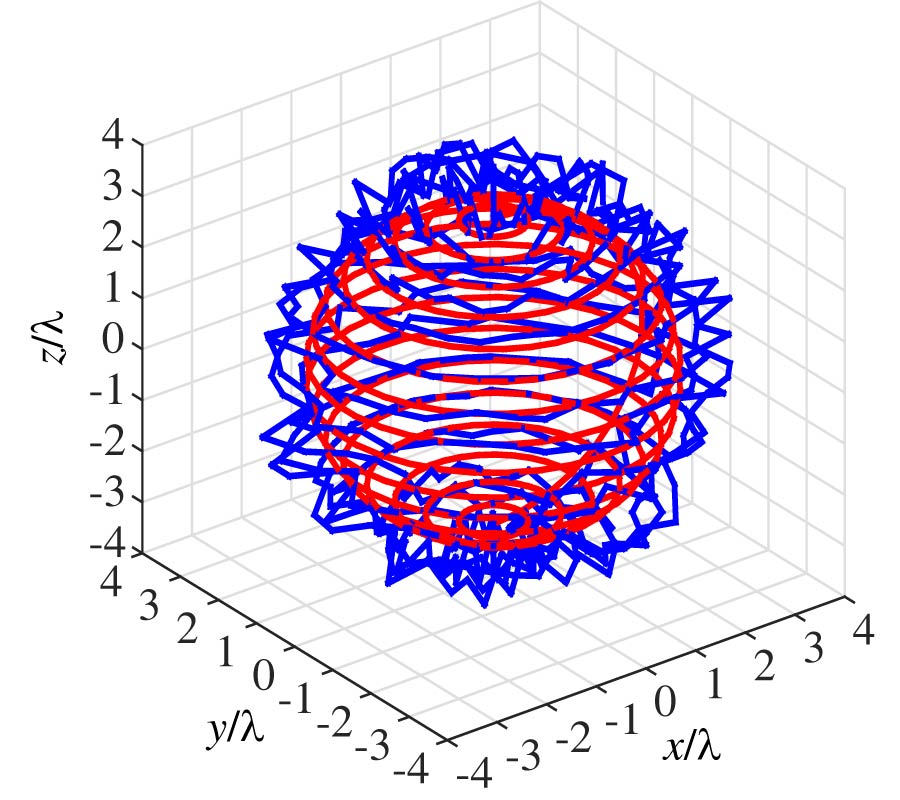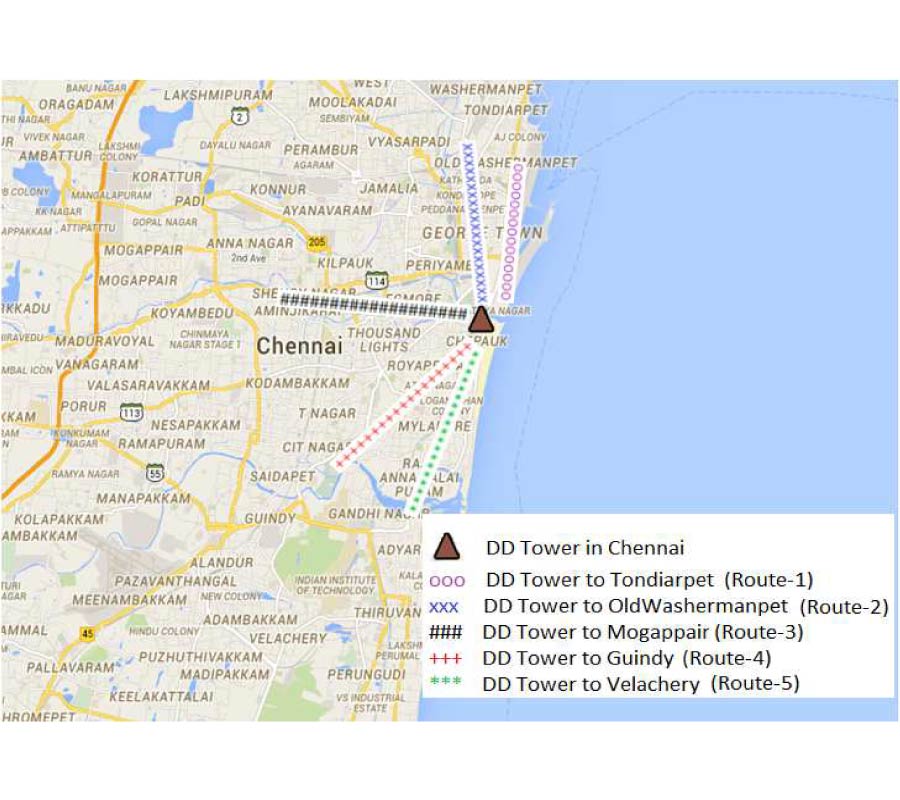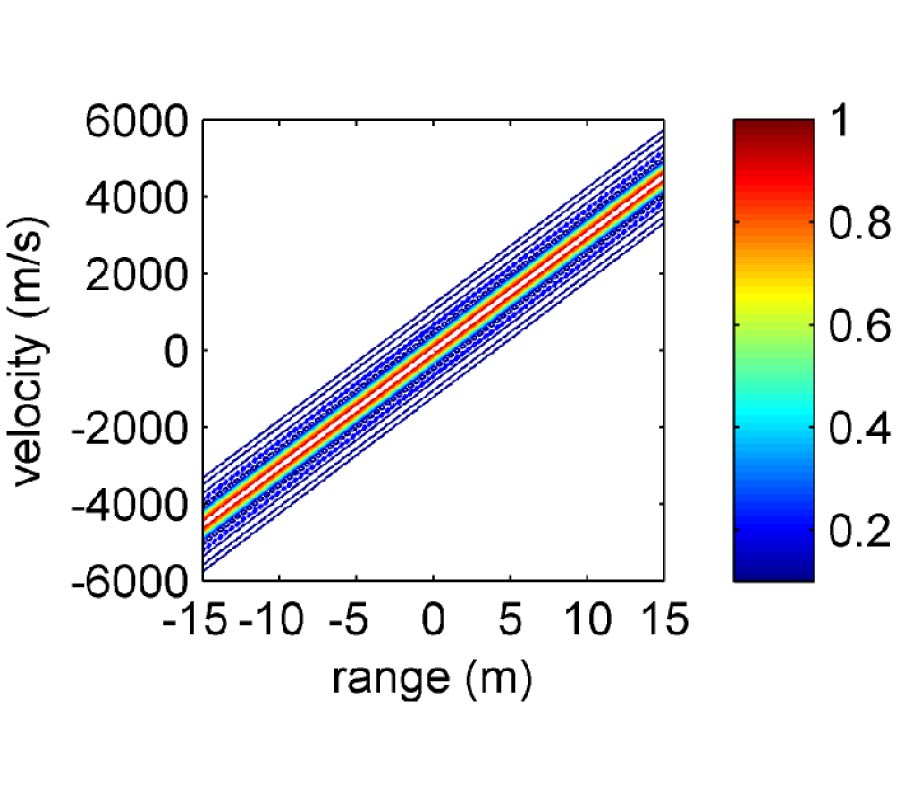Dyadic Green's Functions for a Parallel Plate Waveguide Filled with Anisotropic Uniaxial Media
Neil G. Rogers and
Michael John Havrilla
The dyadic Green's functions for magnetic and electric currents immersed in a parallel plate waveguide (PPWG) filled with dielectric-magnetic anisotropic uniaxial media are developed via a field-based approach. First, the principal Green's function is derived from the forced wave equation for currents immersed in an unbounded uniaxial media. Next, the scattered Green's function is developed from the unforced wave equation. Finally, the total Green's function is found by superposition and subsequent application of the appropriate boundary conditions. The Green's functions are derived from Maxwell's equations, using a spectral domain analysis and reveals several key physical insights. First, the expected longitudinal depolarization dyads are observed. The expected depolarizing terms arise through careful application of complex-plane analysis, leading to expressions that are valid both internal and external to the source region. Secondly, the identification and decomposition of the total Green's function into TEz and TMz field contributions is demonstrated. Thirdly, the mathematical forms of the principal and total Green's functions are shown to be physically intuitive. The primary contribution of this research is the development of the Green's functions for a parallel plate waveguide containing a dielectric and magnetic uniaxial medium directly from Maxwell's equations. Prior derivations considered dielectric-only uniaxial media in a parallel-plate waveguide, due to the relative ease of analysis and readily available inverse identities found in \cite{Chen_1983}. Inclusion of magnetic uniaxial characteristics adds considerable complexity (since no simplifying identities are available) and provides additional insight into the field behavior, thus representing a significant contribution to the electromagnetic analysis of complex media. Finally, practical applications of the Green's functions are considered, such as the non-destructive electromagnetic characterization of a variety of anisotropic uniaxial media.
